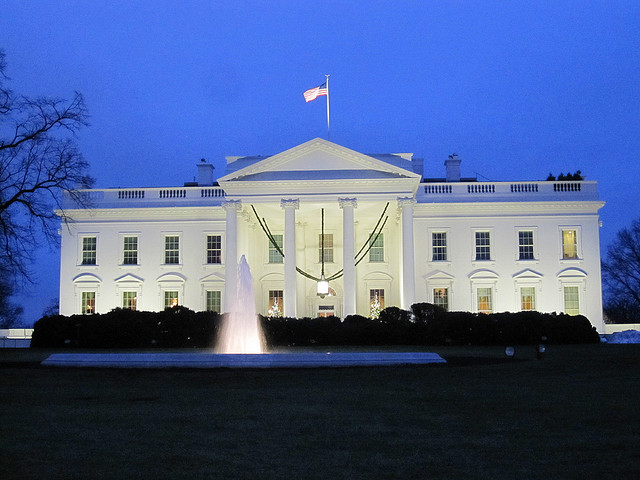Looking Towards Next Week’s Open Data Executive Order Deadline
 November 30th marks the first major deadline for agency compliance with President Obama’s Open Data Executive Order and accompanying Memorandum M-13-13. In addition to representing an important step in the march towards open government and proper data management, this is an opportunity to evaluate agencies, identify best practices, and advocate for change. The Executive Order will continue to be implemented over the coming months and years, but agencies should, and will, be judged on how much effort they put into this first deadline. The level of agency compliance now will be a clear representation of how seriously they take the Executive Order.
November 30th marks the first major deadline for agency compliance with President Obama’s Open Data Executive Order and accompanying Memorandum M-13-13. In addition to representing an important step in the march towards open government and proper data management, this is an opportunity to evaluate agencies, identify best practices, and advocate for change. The Executive Order will continue to be implemented over the coming months and years, but agencies should, and will, be judged on how much effort they put into this first deadline. The level of agency compliance now will be a clear representation of how seriously they take the Executive Order.
Guidance issued alongside the Executive Order provides a strong roadmap for agency participation, but leaves some important points up for interpretation. Notably, agencies are given too much leeway to keep even the existence of their data secret.
Under the guidance, agencies are required to compile Enterprise Data Inventories listing all datasets that they control — whether they are publicly available, restricted in some way but able to be made available, or private. These Enterprise Data Inventories will be submitted to the Office of Management and Budget (OMB), but are not required to be made available to the public. Instead, agencies are required to publish on data.gov a separate list of all data sets that are currently publicly available or could be made publicly available.
These public data listings are simply not sufficient. In order to make effective use of government data, as well as perform robust oversight, the public needs to know what datasets agencies are holding on to that they have not yet made public and might never want to release. We are hopeful that some agencies will choose to go beyond the guidance and release their entire Enterprise Data Inventory, allowing the public a full view of their data holdings. In the long run agencies should all move towards this ideal.
The guidance does require agencies to “document if data cannot be released,” and include their explanation as part of the Enterprise Data Inventory that will be submitted to OMB. Unfortunately, unless agencies elect to release their full Enterprise Data Inventories, the public may never be able to read these explanations and understand why certain datasets are kept private. There are plenty of compelling reasons why the government might want to keep the actual substance of some datasets private, but no good explanation for refusing to acknowledge the very existence of the data set or release its reasons for being restricted.
We understand that the upcoming deadline is merely one of the first steps in an iterative process, but we hope to see agencies embracing the philosophy of openness set out in the Open Data Executive Order and making as much information available as possible.
Photo courtesy of Flickr user Tom_Lohdan

